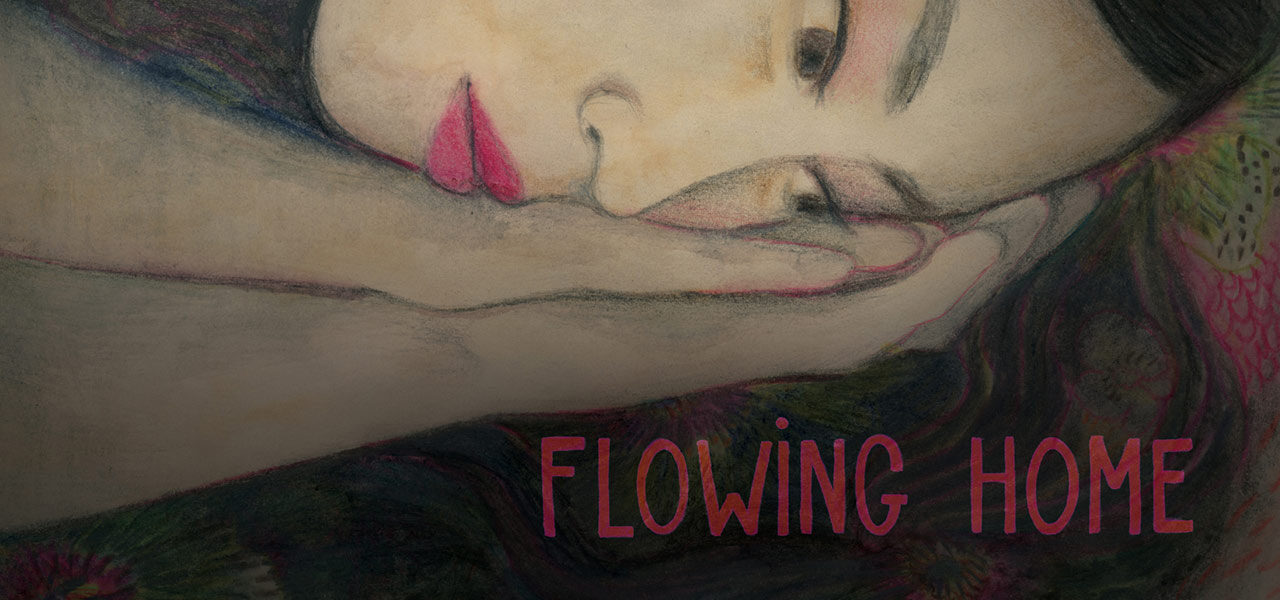

How Sandra Desmazières Made Her Lush, Buzzworthy Film ‘Flowing Home’
Sandra Desmazières’ latest film, Flowing Home (Như một dòng sông), is a stunning display of the filmmaker’s talent and ability. Her story about two sisters separated during the Vietnam War is garnering attention at festivals worldwide. Read on for an exclusive peek at her creative process.
A gorgeous example of traditional animation on paper, the 15-minute film packs a hefty emotional punch. With promises to reunite soon, younger sister Thao leaves Vietnam in 1978 with her uncle while older sister Sao Maï stays behind with their parents. It’s 20 years before they see each other again, and the letters they exchange are their only way to process their memories and exorcise their demons.
The film has already picked up the Jury Award for Best Animated Short at the Newport Beach Film Festival, Best Animation at the LA Shorts International Film Festival, and the Minister for Foreign Affairs Award at the New Chitose Airport International Animation Festival in Japan. It is among the 15 films shortlisted for this year’s Oscar for Best Animated Short Film.
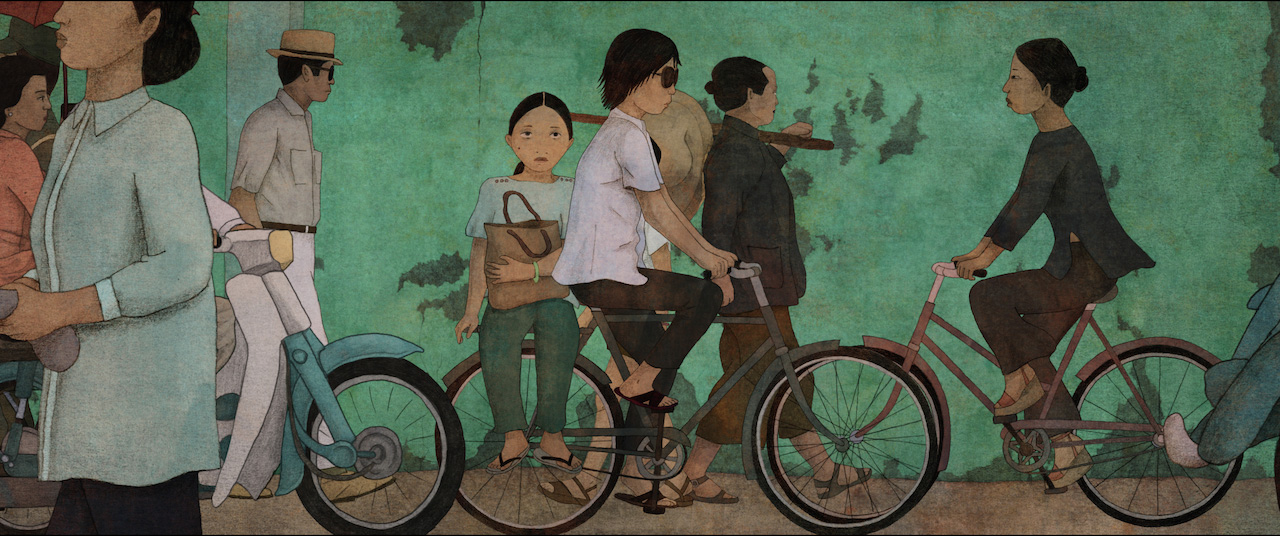
Influences and inspiration
As a child, Desmazières was fortunate enough to have access to art books about painters such as Goya, Bacon, Matisse, Hokusai, and others. The books inspired her to start drawing and painting, and she discovered a passion for color while honing an ability to convey emotion through her use of it.
“For illustrations, I work a lot in watercolor, colored pencils, and oil pastels,” she says. “I’ll often do backgrounds with water that’s a bit dirty, or with coffee, which gives substance and a base from which to imagine a drawing. When I imagine a scene, whether it’s for a book or a film, I often think in colors, and the colors come with emotions. But honestly, I don’t think about it too much; I’d say it comes from the mood of the moment as well.”
Born to a Vietnamese mother and a French father in 1978, Desmazières never gave much thought to the fact that her parents met during the war. For a long time, she had little interest in her heritage. But over time, her curiosity grew. “People close to me gave me the urge to make a film about those stories, about families separated because of the war.”
The story in Flowing Home is not her own, though it’s very much a story of Desmazières’ time. “The history of Vietnam is complex. What inspired me and what I wanted to show with this film was how my own family dealt with it, as well as other friends from Vietnamese backgrounds. I decided to tell a story about two sisters because I have a sister with whom I’m very close, so it was easier to imagine what their feelings were. I wanted to tell a story about separation, about leaving your country and your family.”
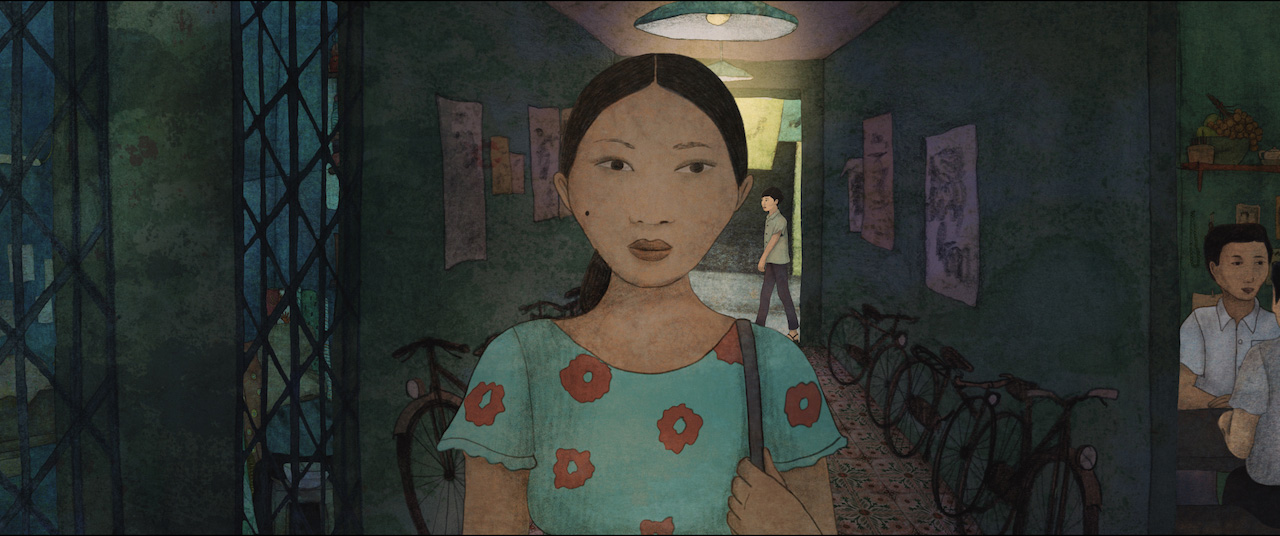
The making of Flowing Home
Flowing Home was made using traditional hand-drawn animation on paper, with parts of it animated using TVPaint, whose brushes can recreate pencil lines and their texture, producing the sensation of moving that we get throughout the film. Every choice — from paper grain to pencil shading — gives the image a slightly different rendering, producing a vibration effect.
For sound, Desmazières used street and ambient noises she recorded during a trip to Vietnam in 2014. These sounds then formed the basis for the film’s rhythmic and musical dimensions. “We tried to create different moods to make it seem as though time had passed. Manuel Merlot, who composed the music, used references to Vietnamese popular art and music.”
In combining music from the 1960s with traditional music from his own world, Merlot was able to create a particular mood, at once contemporary and nostalgic. He also hired Vietnamese musicians to play traditional instruments, such as the đàn tranh (zither) and đàn bầu (one-string zither), which were used along with modern instruments.
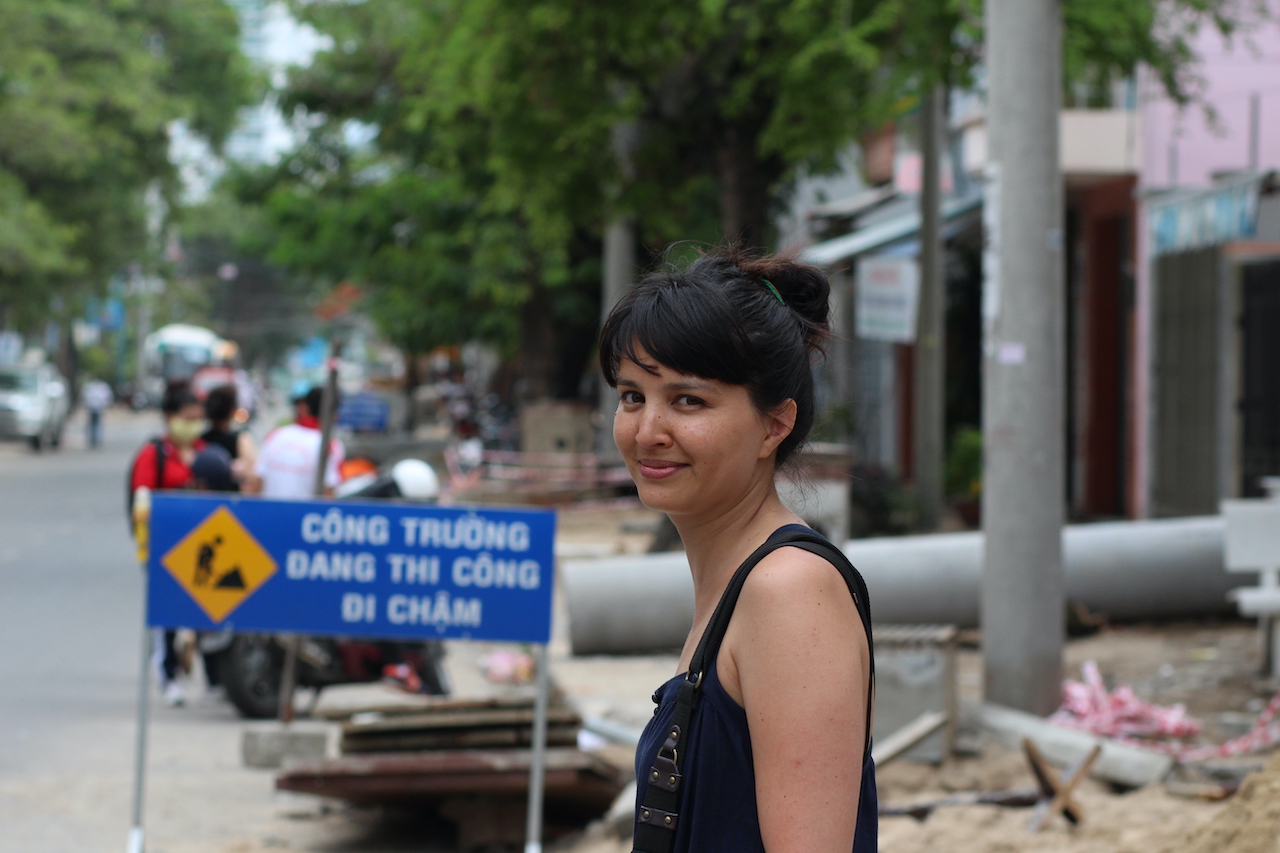
Desmazières’ creative process
For Desmazières, a multitasker at heart, Flowing Home was the first film she’d directed with a large team. “It was the first time I’d worked with so many people, and at a distance,” Desmazières says. “It was unsettling, because normally I work practically alone at home.”
It was complicated at first, with several factors thrown together all at once — a remote, global team working across time zones, getting everything set up, learning to work together; and then, after a few months, Desmazières went on maternity leave. “I was still able to follow along, though, and we found a rhythm, the right way of working together, and a common purpose.”
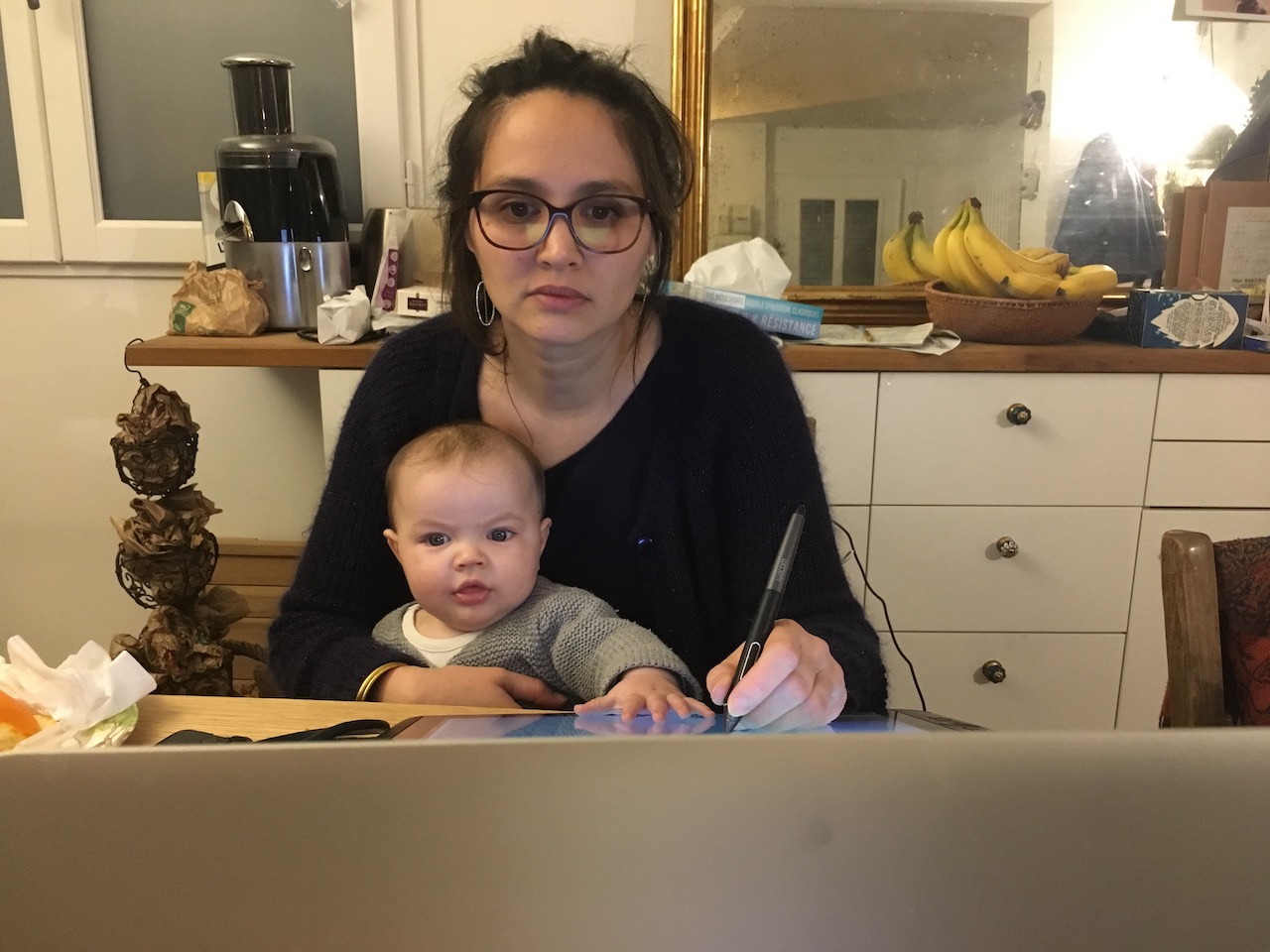
Desmazières worked in France along with two other animators (Jing Wang and Jean-Jacques Prunès) doing traditional pencil-on-paper animation. Back in Canada, the National Film Board of Canada, which co-produced the film, opted to use TVPaint. It hired a female team that included Janet Perlman, Keyu Chen, and Eva Cvijanović: three accomplished artists who found a method of simulating pencil on paper and shadows.
“The animation was mostly divided between Canada and France,” Desmazières says. “I’m quite happy, because there were a lot of people working on the imagery of the film and I think it turned out pretty great.”
Flowing Home, co-produced by Les Films de l’Arlequin and the National Film Board of Canada, is streaming free on the NFB’s YouTube channel until February 7 in the U.S. and Canada. Desmazières can be followed on Instagram (@sandradesmazieres), another medium for which she’s shown talent: her profile boasts a wide array of gorgeous drawings from her films.

.png)